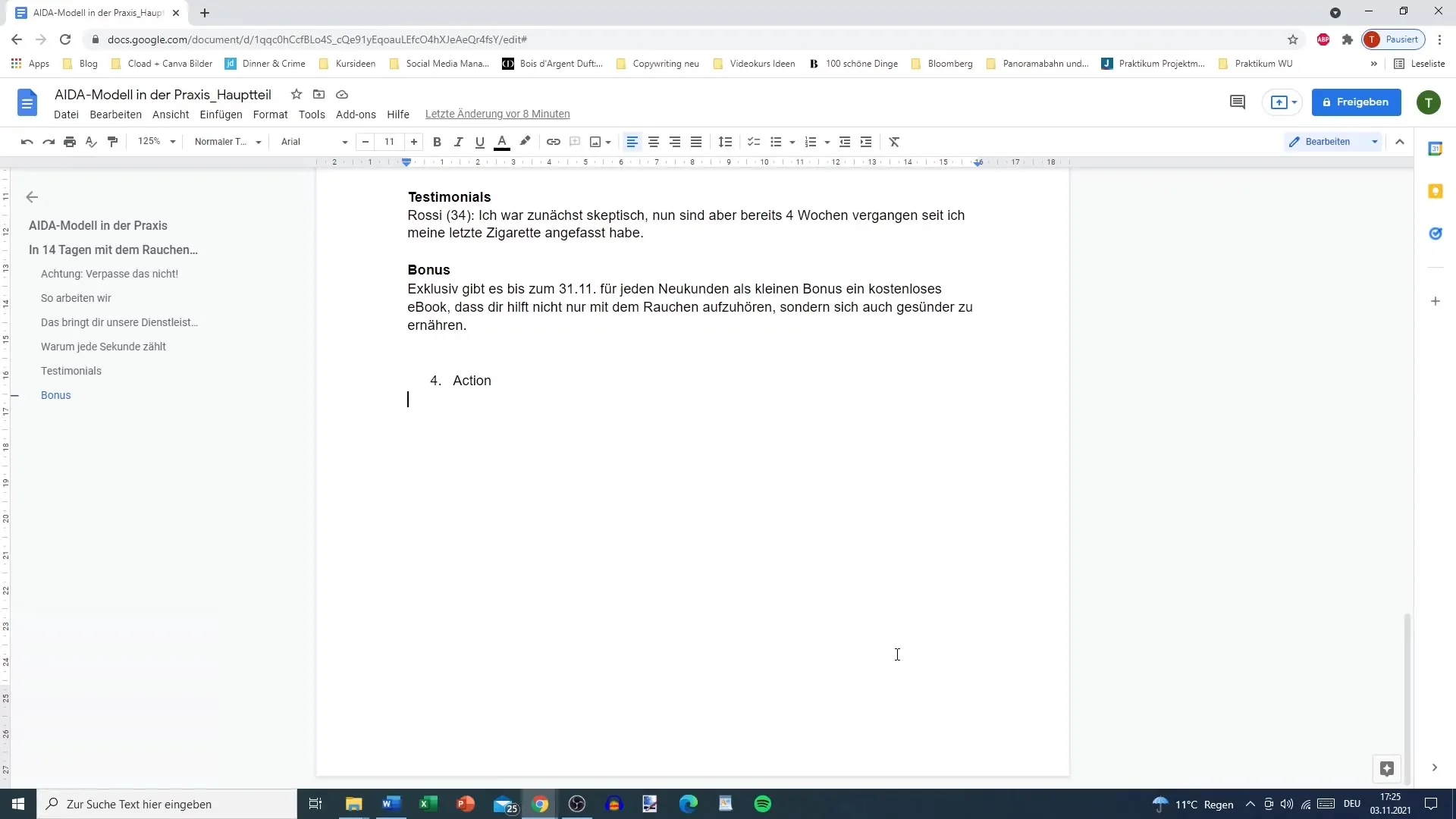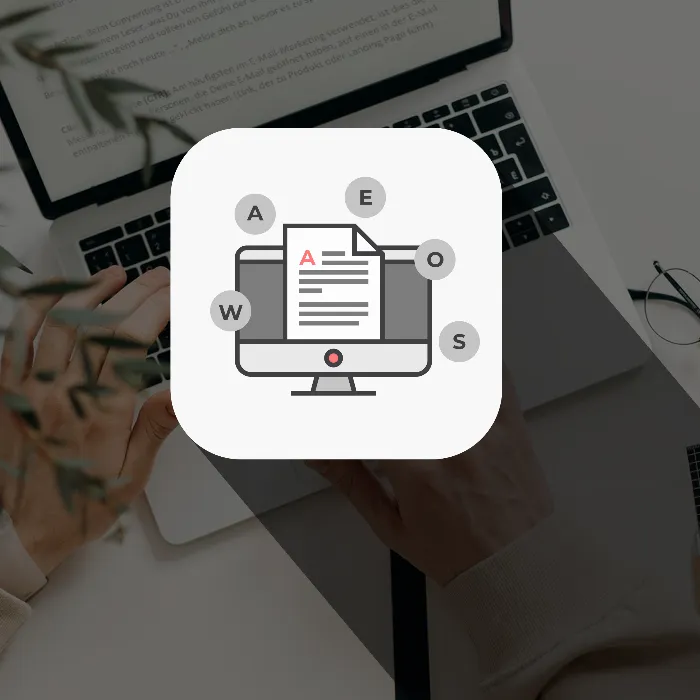A Call-to-Action (CTA) is the crucial element that prompts the visitor to a website or the reader of a text to take action. Whether you want to sell products, gain subscriptions, or collect information - a well-designed CTA can make the difference between success and failure. Let's analyze the key steps needed to create an effective Call-to-Action.
Main takeaways
An effective Call-to-Action includes:
- Clear and specific instructions
- Addressing possible user questions
- Psychological incentives like scarcity and testimonials
- An appealing design of the CTA button or link
Step-by-step guide
Understanding the AIDA Model
The AIDA model is a proven strategy in copywriting that aims to arouse the reader's interest and eventually move them to action. Here, we specifically look at the fourth phase of the model, which is Action.

Providing Clear Calls to Action
The first step in creating an effective CTA is to provide your audience with clear calls to action. The question is: What do you want users to do next? Whether it's clicking an order button, filling out a form, or signing up for a newsletter, you must provide precise instructions.
Addressing Important Questions
Remember that users may have different questions before they can act at all. Ensure that you provide specific information: What does the person receive? When and how do they receive it? By answering these questions in advance, you reduce uncertainties and make the path to action easier.
Inserting a FAQ Section
An FAQ section can be extremely helpful in addressing common questions and concerns. By clearly listing these questions, you can build trust and provide visitors with a sense of security before they take the next step.
Highlighting Testimonials and Bonuses
Another way to strengthen the CTA is by including testimonials of satisfied customers. If other people have had positive experiences with the product, this can encourage potential buyers. Likewise, a bonus - whether it's a discount, an additional product, or a useful guide - can enhance the value of your offer and motivate action.

Utilizing Scarcity
Psychological triggers like scarcity increase the pressure to act immediately. By communicating a time or price limit for the offer, you give the user an additional incentive not to hesitate for too long.
Appealing Design of the CTA Element
The visual aspect of your CTA is crucial. Make sure the button or link is striking and visually appealing. The choice of color, size, and placement plays an important role. Ensure that users know where to click.
Emphasizing Relevance
The relevance of the CTA to the user should be clearly communicated. For example, if you want someone to sign up for a newsletter, clearly state the benefit. Why should they provide their email address? What do they get in return?
Diverse Call-to-Action Variations
Remember that the Call-to-Action can exist in various formats. It can include calling to watch a video, calling a phone number, or visiting a social media page. Make sure the type of CTA aligns with the offer and is engaging.
Summary
An effective Call-to-Action is more than just a button. It is a strategic invitation that must be well-crafted to prompt the desired action. Consider all the points mentioned above to increase the likelihood of your target audience actually taking action.
Frequently Asked Questions
How important is the Call-to-Action in copywriting?The Call-to-Action is crucial as it prompts the user to take a specific action.
What elements should a Call-to-Action include?A CTA should include clear instructions, answers to questions, psychological incentives, and an appealing design.
How can I build trust with the user?Through testimonials, clear information, and an FAQ section, you can convey trust and security.
What is the role of scarcity?Scarcity creates an incentive to act faster, as users often fear missing out.
How many variations of Call-to-Action can I create?There are many options: button links, social media links, calling a number, or subscribing to a newsletter.


